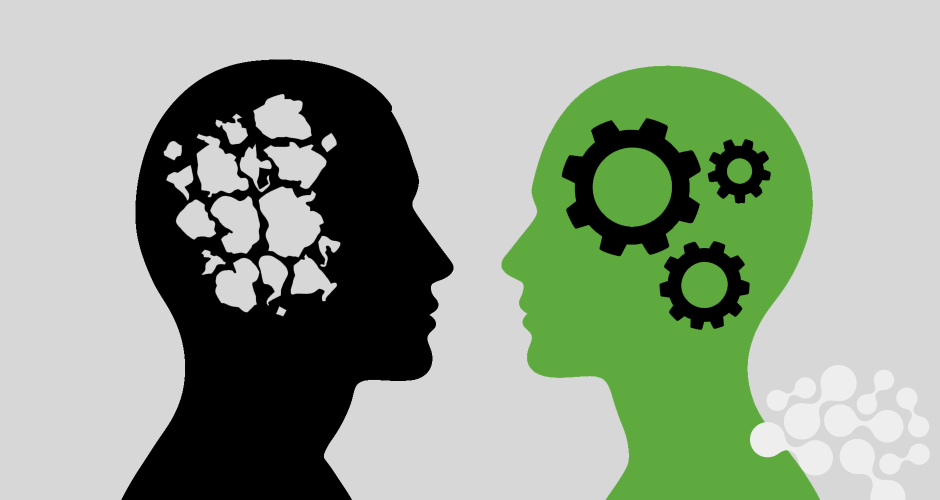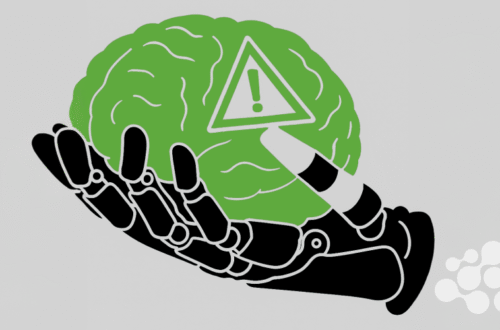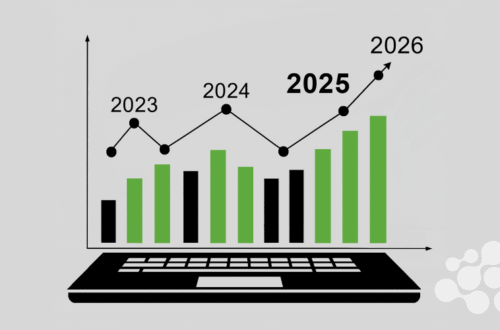Introduction: The Battle for Memory
Think about the brands you never forget, maybe it’s the one with a catchy jingle, a bold logo, or a message that hits right in the gut. The truth is, we remember brands not because they scream the loudest, but because they stick. And the reason they stick? Psychology.
Let’s dive into five powerful (and fun-to-use) psychology-backed tricks that can make your brand unforgettable.
1. The “Von Restorff Effect” – Be the Oddball
Also known as the “Isolation Effect,” this one’s pretty straightforward. We tend to remember the thing that stands out. If everything in your category is serious and corporate, try being quirky. If everyone’s pastel and minimal, try going bold and expressive.
How to use it:
- Break visual patterns: If your competitors are using flat illustrations, try textured photography.
- Flip the script: Say something that challenges the expected, like Dollar Shave Club did by making razors funny.
- Use surprising metaphors or analogies: Like comparing your CRM to a “smart intern who never sleeps.”
The more you disrupt the expected, while staying true to your brand’s core, the more likely people are to remember you.
2. Emotional Anchoring – Tie Your Brand to a Feeling
People might forget what you said or what you did, but they’ll never forget how you made them feel. Emotional memory is powerful. That’s why insurance brands use security, luxury brands use desire, and Coke uses joy.
How to use it:
- Choose one core emotion you want to evoke. Not a laundry list. One.
- Build that emotion into every layer: your copy, your visuals, your stories, your customer service.
- Don’t fake it, emotional authenticity resonates. Manufactured sentimentality doesn’t.
For example, a productivity app could go beyond “efficiency” and aim to deliver relief or peace of mind. That’s a whole different game.
3. The Power of Repetition – Say It Till It Sticks
This one’s old school but still gold. Repetition builds familiarity. Familiarity builds trust. Trust leads to preference. It’s a simple ladder.
How to use it:
- Create a brand line (not necessarily a slogan) that you repeat across channels.
- Keep your core visual elements consistent: same logo treatment, same colors, same vibe.
- Use rhythmic structure in your copy. Repeated sentence forms or sound patterns can turn plain text into something sticky.
But here’s the trick: the repetition shouldn’t feel robotic. It should feel like a recognizable voice, showing up again and again like a reliable friend.
4. Cognitive Fluency – Make It Easy on the Brain
The easier something is to understand, pronounce, or use, the more we like and remember it. That’s cognitive fluency. Your brain’s lazy. Mine too. So let’s not make it work harder than it needs to.
How to use it:
- Choose simple, readable fonts and clean layouts.
- Write copy that sounds the way people talk. Avoid jargon.
- Make names easy to say and spell, you don’t want your brand tripping people up at the first step.
Ever notice how the biggest brands have short names? Nike. Apple. Uber. Easy to say. Easy to remember. That’s not an accident.
5. The Zeigarnik Effect – Leave a Loop Open
This one’s for the storytellers and content creators. The Zeigarnik Effect says people remember unfinished tasks or stories better than completed ones. It’s why cliffhangers work. And it’s why an open loop keeps attention.
How to use it:
- Start your content with a question or tease a benefit, then reveal the answer later.
- Use email subject lines that hint but don’t give away the full story.
- Structure your landing page copy so the reader is pulled along by curiosity.
You don’t need to write like a mystery novel, but give people a reason to lean in. Let their brain crave the conclusion.
Bringing It Together: The Brand Brainprint
These psychology hacks aren’t about manipulating your audience. They’re about understanding how humans tick, and building brand experiences that align with natural tendencies.
Here’s a quick recap:
- Stand out to be remembered (Von Restorff Effect)
- Evoke emotion to forge connections
- Repeat wisely to become familiar and trusted
- Keep it simple to reduce friction
- Create curiosity to hold attention
When used thoughtfully, these strategies don’t just make your brand more memorable, they make it more human.
One Final Thought
The best brands don’t try to be everything to everyone. They focus on the few things they want people to remember and use psychology to etch those things deep into the mind.
So if you’re building a brand that wants to be remembered, start here: What exactly do you want people to walk away with? And how are you making that message impossible to ignore?
Make your brand the one people talk about, even when you’re not in the room.






